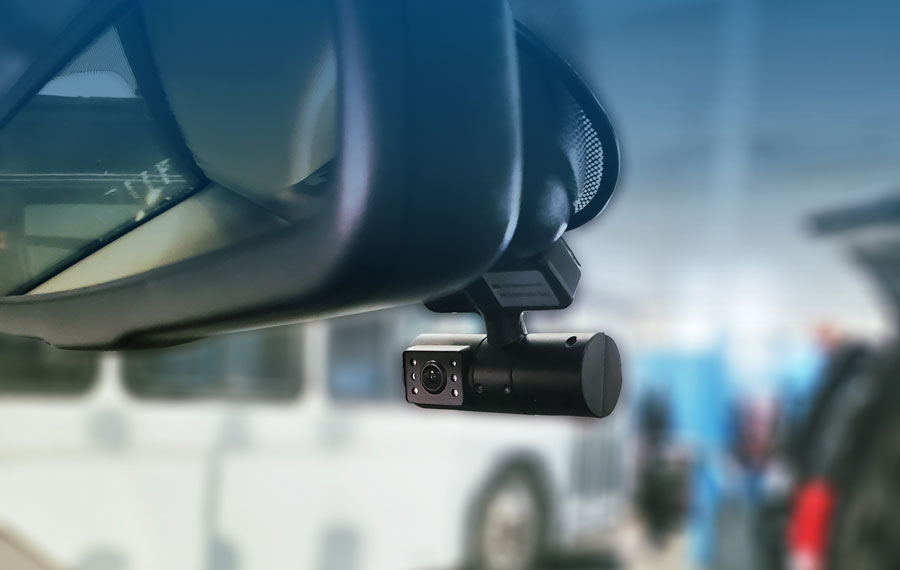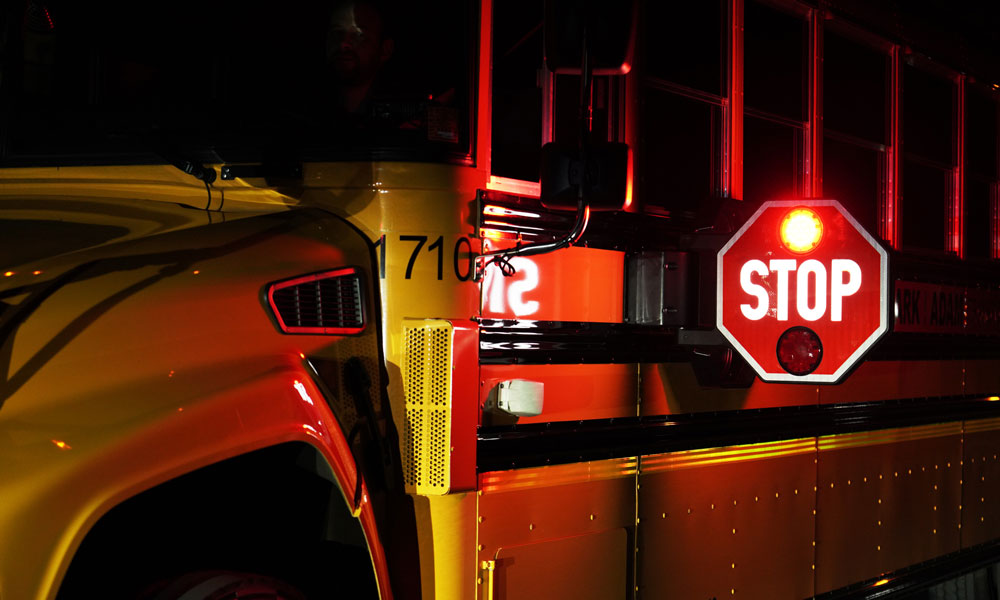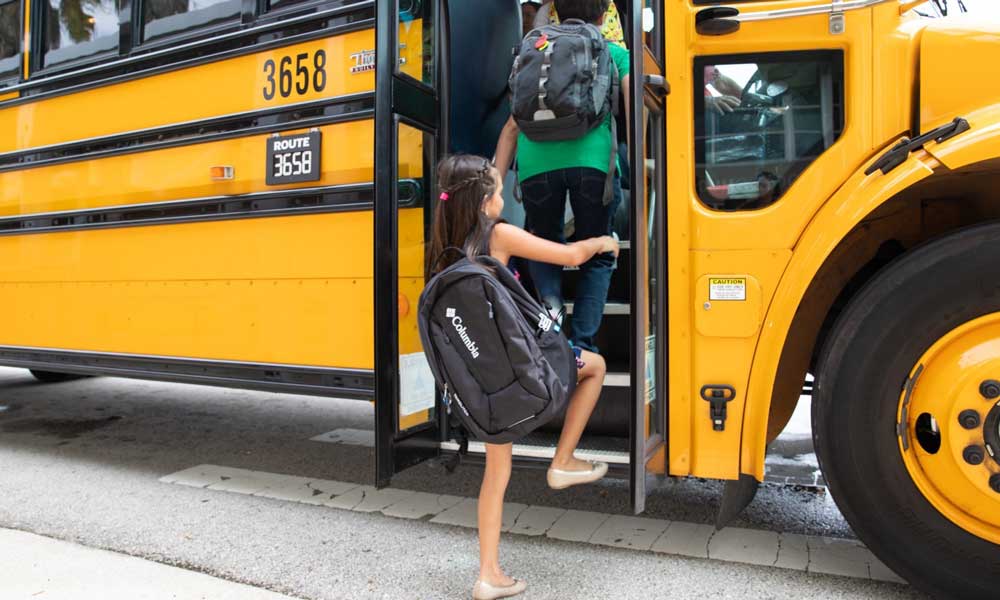How One Vehicle Can Expose Agencies to Liability, Brand Damage
Video surveillance systems can help support an agency by ensuring supervisors operate their vehicles in a safe manner and conduct themselves with diplomacy and tact.
Your fleet isn’t fully protected if a portion of it isn’t safeguarded with video surveillance. Whether you operate one non-revenue/supervisor vehicle or several, the importance of protecting your entire fleet applies equally.
Most transit agencies understand the value of video surveillance on their fixed-route vehicles. They make use of systems to protect their drivers and passengers by gathering irrefutable evidence in the event of an incident or accident. They also rely on the use of surveillance systems to encourage all bus occupants to demonstrate acceptable personal conduct, including that of the bus driver.
In many ways, supervisor vehicles or non-revenue vehicles present the same exposure risks. An agency still has the need for an irrefutable version of the truth that will stand up in court, as well as the means to encourage their staff to present the best versions of themselves during commonplace and difficult interactions with other drivers and the general public. Unlike fixed-route buses, non-revenue vehicles also present the dilemma of not following a set route. In addition to the gaps noted above, a transit agency also faces the challenge of not knowing where their non-revenue vehicles are and where they’ve traveled. Without video surveillance, supervisor vehicles present an uncomfortable number of liability risks to the transit agency.
Value of irrefutable evidence
Not knowing exactly what happened or who was at fault can be extremely costly and set actions in motion that can be detrimental to the agency. Take an example that occurred in a parallel industry that has similar challenges to those faced by transit authorities. In this case, the driver of a commercial vehicle collided with a passenger vehicle, severely injuring one of the occupants. The police report found fault with the driver of the commercial vehicle, which resulted in a $40 million lawsuit. Fortunately for the commercial organization, their vehicles were outfitted with video surveillance systems. Footage pulled from the commercial vehicle in question told a different story and ultimately aided in a complete dismissal of the lawsuit.
Best behavior/behavior coaching
Video surveillance systems can help support an agency by ensuring supervisors operate their vehicles in a safe manner and conduct themselves with diplomacy and tact. Cameras can ensure the agency knows they are employing safe drivers with footage that shows they are not texting, talking on their phones, or distracted from their jobs. Audio helps confirm drivers are conducting themselves in accordance with agency guidelines. Surveillance telematics data also tells the agency their driver obeys posted speed limits, doesn’t make erratic lane changes, or practices harsh braking. This same system can support driver coaching for the same practices — safe behavior and professionalism.
Knowing where your vehicles are
There’s money to be saved by being efficient. If a transit agency knows what’s going on with their entire fleet and exactly where their vehicles are on a regular basis, they can make better business decisions that ultimately reflect on better use of their non-revenue fleet. Smaller agencies with non-revenue fleets of less than 10 vehicles are just as impacted by not knowing where their non-revenue vehicles are. Agencies that operate larger non-revenue fleets and multiple bus yards/depots must also contend with not being able to locate vehicles within their bus yards, or within their agency’s jurisdiction. Surveillance systems that employ GPS location-based technology can address these challenges. Agencies that know where their non-revenue vehicles are located, and how they are being used, can increase their efficiency, saving both money and time.
Fully protecting your fleet
Whether a transit agency has a few non-revenue/supervisor vehicles or many distributed among several bus yards — every agency can benefit from having their entire fleet protected. Fully protected, defendable data that they own and can easily access just like their fixed-route vehicles. Data that can enable increased situational awareness, increased coaching ability for consistent and safe behavior, more efficient use of supervisor fleet vehicles, and the ability to know where each one of their vehicles are.
If an agency is not already using video surveillance for supervisor or non-revenue vehicles, they can’t afford not to learn more.
Daniel Pulskamp, VP, Transit Bus & Rail



